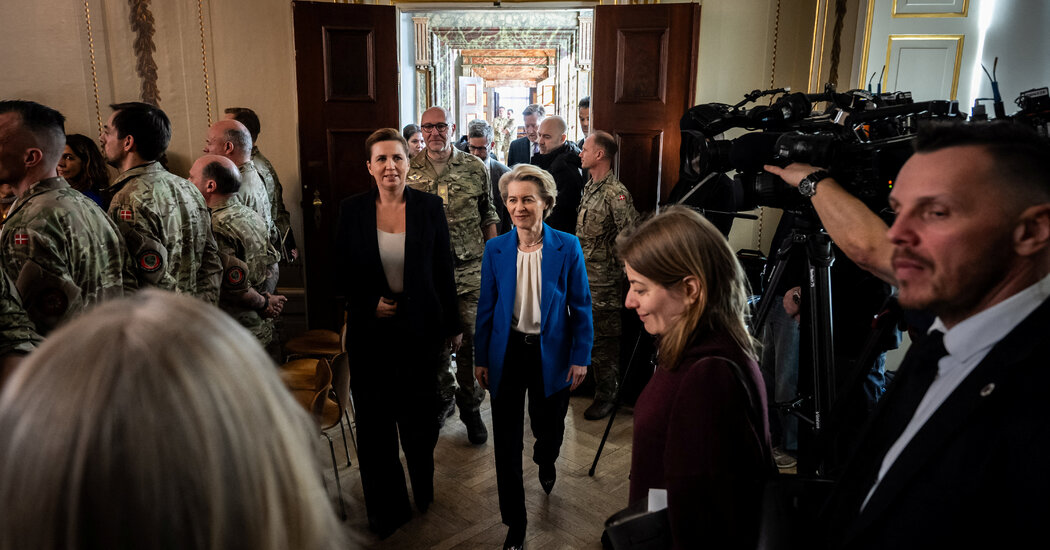Here is the plain text:
European leaders have gotten the message from Washington about doing more for their own defense and for Ukraine, too. They are talking tough when it comes to supporting Ukraine and about protecting their own borders, and they are standing up to a demanding and even hostile Trump administration.
But there is an inevitable gap between talk and action, and unity is fracturing already, especially when it comes to spending and borrowing money in a period of low growth and high debt.
The Dutch and others are not fans of raising collective debt for defense. Keeping Hungary on board is ever more difficult.
And when the president of the European Commission, Ursula von der Leyen, announced a plan for billions more for the military, called “ReArm Europe,” two of the bloc’s largest countries, Italy and Spain, thought that was all a bit aggressive. So now the plan has been rebranded as “Readiness 2030.”
That’s a year after Donald J. Trump is no longer expected to be president. But it is also a realistic understanding that Europe’s new commitment to self-reliance will take time, billions of euros, political deftness and cooperation with the United States.
Kaja Kallas, the former prime minister of Estonia who is now the chief foreign and security official for the European Union, has been a forceful advocate for supporting Ukraine as a first line of European defense against an aggressive, militarized Russia.
But it has been a rocky start for Ms. Kallas. Her effort to get the E.U. to provide up to 40 billion euros (more than $43 billion) to Ukraine through a small, fixed percentage levy on each country’s national income has gone nowhere.
Her backup proposal, for an added €5 billion as a first step toward providing Ukraine two million artillery shells this year, was also rejected by Italy, Slovakia and even France, an E.U. official said, speaking anonymously in accordance with diplomatic practice. The countries insisted that contributions to Ukraine remain voluntary, bilateral and not required by Brussels.
…
(The rest of the text remains the same)
Source link




